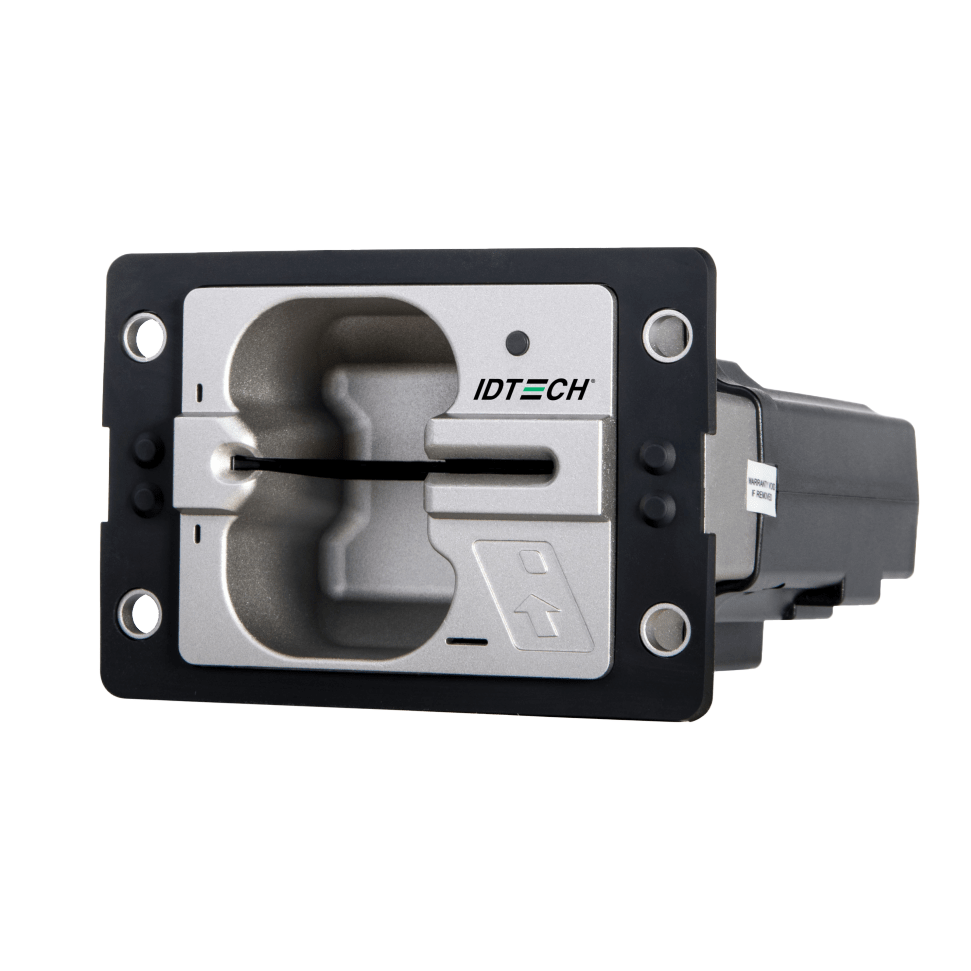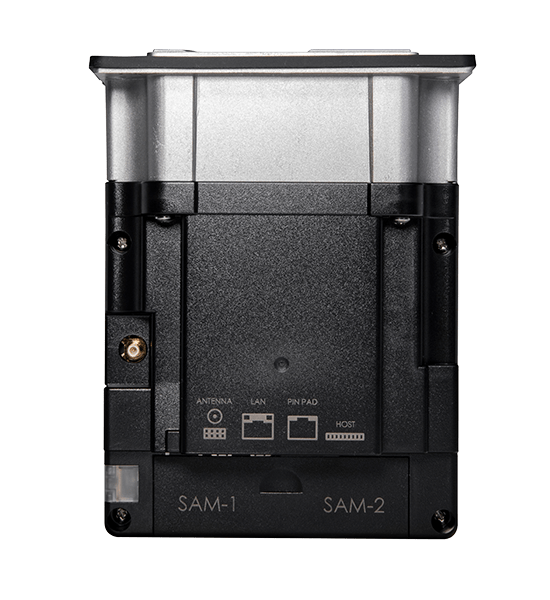VP5300
A PCI-PTS Certified Hybrid Insert Reader for Payments
VP5300
The VP5300 is a PCI-PTS 5.X certified Magstripe-EMV smart card hybrid insert reader that delivers secure and reliable payment acceptance to outdoor unattended payment applications such as parking, fueling, ATMs, ticketing, and other payment kiosks.
- Accepts all payment options from magstripe cards, chip-and-PIN cards, to NFC/mobile wallets when paired with the SmartPIN L80 PCI certified PIN pad and the NFC antenna.
- Industry leading low power consumption.
- Rugged IK10-rated metal bezel.
- IP65-rated for extreme weather conditions.
Download DatasheetVisit Knowledge Base


VP5300
The VP5300 is a PCI-PTS 5.X certified Magstripe-EMV smart card hybrid insert reader that delivers secure and reliable payment acceptance to outdoor unattended payment applications such as parking, fueling, ATMs, ticketing, and other payment kiosks.
- Accepts all payment options from magstripe cards, chip-and-PIN cards, to NFC/mobile wallets when paired with the SmartPIN L80 PCI certified PIN pad and the NFC antenna.
- Industry leading low power consumption.
- Rugged IK10-rated metal bezel.
- IP65-rated for extreme weather conditions.
Download DatasheetVisit Knowledge Base

Connectivity
RS232, USB HID, Ethernet
Operating Temperatures
-25°C to 65°C (-13°F to 149°F)
Storage Temperatures
-40°C to 80°C (-40°F to 176°F)
Dimensions
127 mm x 100 mm x 70 mm
Key Features
- PCI PTS 5.X Certified
- Rugged: IP65/IK10
- TDES/DUKPT Support
- PCI Certified Remote Key Injection
- Can pair with L100 for Chip-PIN transactions
- Optional NFC antenna for contactless payments
Tell Me More
"*" indicates required fields


